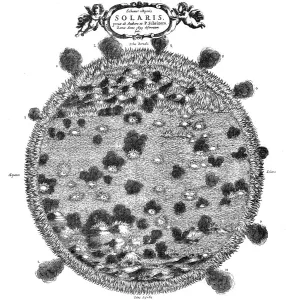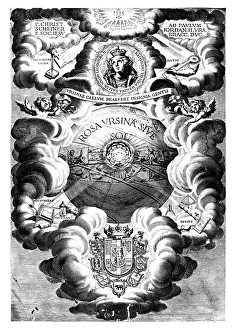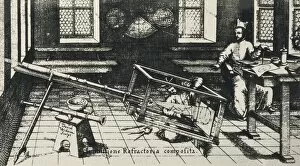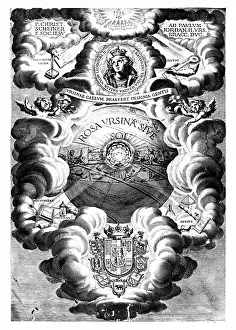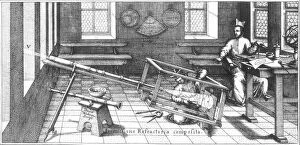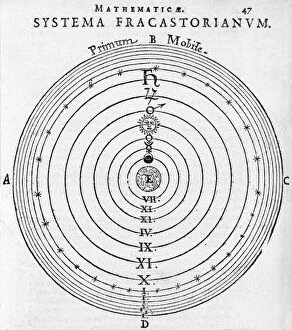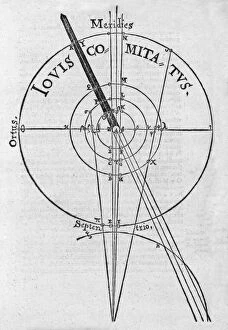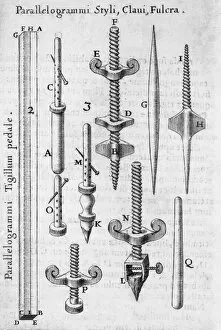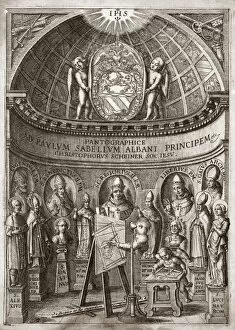Scheiner Collection
Christopher Scheiner, a renowned German astronomer and physicist of the 17th century, made significant contributions to our understanding of the Sun and its phenomena
All Professionally Made to Order for Quick Shipping
Christopher Scheiner, a renowned German astronomer and physicist of the 17th century, made significant contributions to our understanding of the Sun and its phenomena. One of his notable achievements was projecting the image of the Sun through a refracting telescope in order to study sunspots. In his groundbreaking work titled "Rosa Ursina, " published in Bracciano in 1630, Scheiner illustrated his idea of the surface of the Sun. Scheiner's meticulous observations and illustrations revolutionized our knowledge about solar eruptions. Collaborating with Athanasius Kircher, he produced detailed line engravings depicting these fascinating events. His dedication to studying sunspots led him to develop an innovative method: while an assistant read off sunspot positions projected onto a screen through a telescope, Scheiner meticulously plotted them on a map using a compass. This German Jesuit scholar's passion for astronomy extended beyond studying the Sun alone. He also explored other celestial bodies like Jupiter and its moons, creating captivating illustrations that captured their beauty. Despite being known primarily for his astronomical pursuits, it is worth noting that there are instances where Christopher Scheiner's name may be associated with Czech politicians or even Fracastronius' geocentric system. However, it is important not to confuse these unrelated references with this distinguished scientist's remarkable contributions to our understanding of the cosmos. Christoph Scheiner was an influential figure in both physics and astronomy during his lifetime from 1573-1650. Through his pioneering techniques for observing and documenting solar phenomena such as sunspots and eruptions, he left an indelible mark on scientific history. His dedication continues to inspire astronomers today as they strive to unravel more mysteries hidden within our vast universe.


